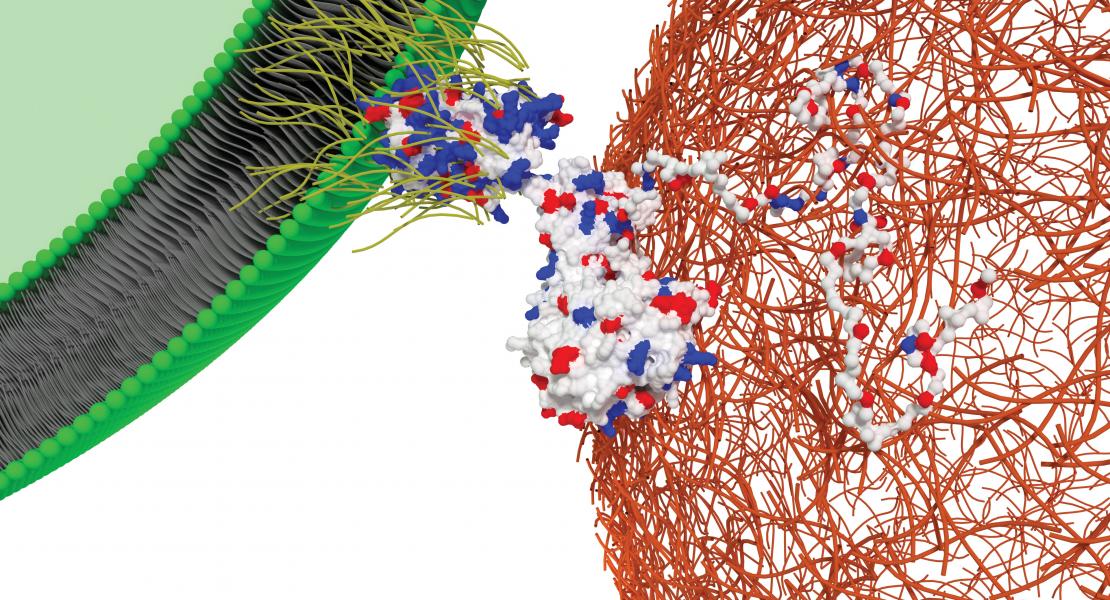Dual film-like organelles enable spatial separation of orthogonal eukaryotic translation

Abstract
Engineering new functionality into living eukaryotic systems by enzyme evolution or de novo protein design is
a formidable challenge. Cells do not rely exclusively on DNA-based evolution to generate new functionality
but often utilize membrane encapsulation or formation of membraneless organelles to separate distinct
molecular processes that execute complex operations. Applying this principle and the concept of two dimensional
phase separation, we develop film-like synthetic organelles that support protein translation
on the surfaces of various cellular membranes. These sub-resolution synthetic films provide a path to
make functionally distinct enzymes within the same cell. We use these film-like organelles to equip eukaryotic
cells with dual orthogonal expanded genetic codes that enable the specific reprogramming of distinct translational machineries
with single-residue precision. The ability to spatially tune the output of translation within
tens of nanometers is not only important for synthetic biology but has implications for understanding the
function of membrane-associated protein condensation in cells.
